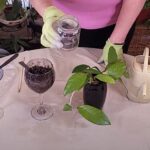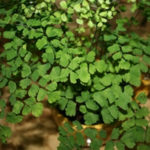Fill Your Home with Flowering Houseplants
If you love bouquets but want something that will last, grow flowering houseplants. Blooming beauties light up your indoors for weeks on end, and many even flower year-round.
A wide variety of houseplants provide eye-catching blooms without much effort on your part. Easy indoor bloomers include African violet, hoya, lipstick vine, anthurium, moth orchid, cane begonia, peace lily, gloxinia, goldfish plant and zebra plant.

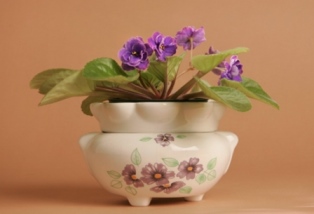
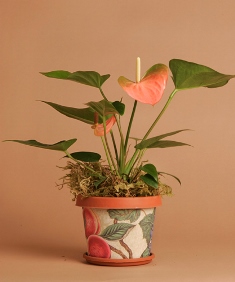
Bright light required for indoor flowering plants
The number one secret to get most houseplants to bloom is bright light. Without sufficient light, they can’t produce flowers, becoming weak and elongated and stretching for light.
Most houseplants need indirect, bright light to bloom. This can be found in an eastern exposure window that provides bright morning light. An unobstructed northern exposure is a good spot for those blooming plants that require diffused light, such as peace lily and African violets. Most other flowering houseplants require higher light. Southern locations can sometimes work, though many plants must be protected from intense afternoon light. Western exposures tend to be too hot and bright and will lead to scorched and yellowed leaves, and the plant may stop flowering.
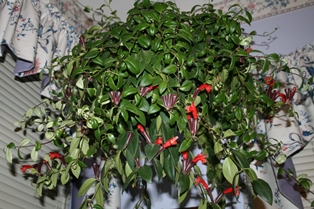

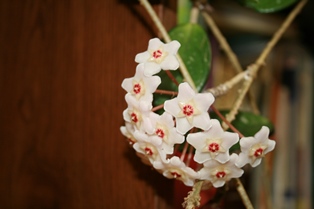
Lipstick, hoya, peace lily and moth orchid-African violet photos, Julie Bawden-Davis/Single African violet and anthurium, Chas Metivier
Fertilize houseplants for blooms
Blooming houseplants require regular fertilizing to bloom. Feed on a monthly basis with an organic fertilizer designed for blooming plants. Liquid fertilizers work well, as you can simply water them in when your plants need a drink. Look for a fertilizer with an NPK ratio of 10-20-10.
Water blooming indoor plants correctly
Over watering blooming houseplants can cause the plants to shed blooms prematurely, and soggy soil can lead to root rot, which shuts down the roots and kills the plant. Not watering blooming plants enough is equally harmful. This also causes bud drop and will cause the plant to stop flowering. Keep blooming plants moist but not soggy.
Grow the right plants
Not all flowering plants can be grown indoors. Most blooming plants require the high light of the outdoors to bloom. Those plants that bud up indoors are limited, so it is best to determine if a plant is a good indoor blooming candidate before bringing it home.




